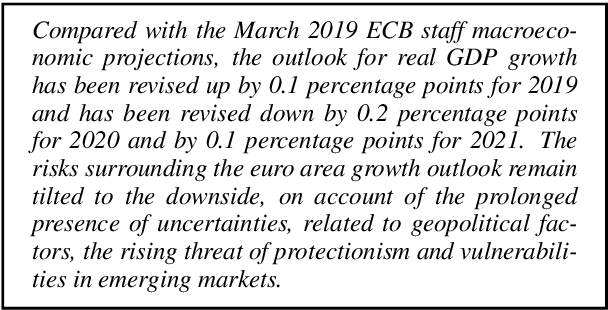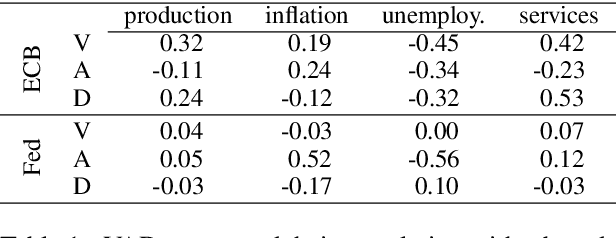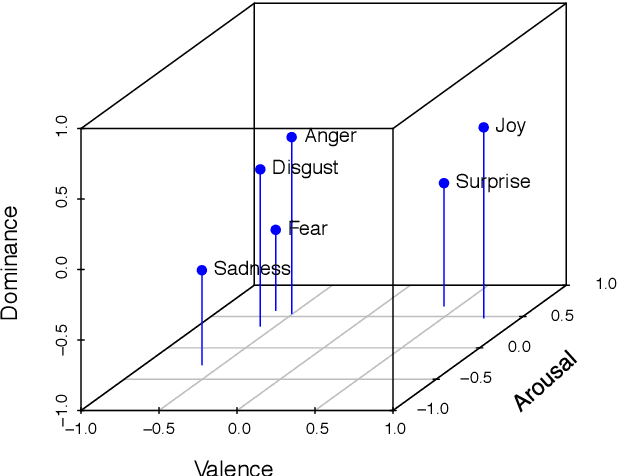A Time Series Analysis of Emotional Loading in Central Bank Statements
Paper and Code
Nov 26, 2019



We examine the affective content of central bank press statements using emotion analysis. Our focus is on two major international players, the European Central Bank (ECB) and the US Federal Reserve Bank (Fed), covering a time span from 1998 through 2019. We reveal characteristic patterns in the emotional dimensions of valence, arousal, and dominance and find---despite the commonly established attitude that emotional wording in central bank communication should be avoided---a correlation between the state of the economy and particularly the dominance dimension in the press releases under scrutiny and, overall, an impact of the president in office.
* Proceedings of the Second Workshop on Economics and Natural
Language Processing @ EMNLP 2019, Hong Kong, November 4, 2019, pages 16-21 * Published at ECONLP 2019
 Add to Chrome
Add to Chrome Add to Firefox
Add to Firefox Add to Edge
Add to Edge